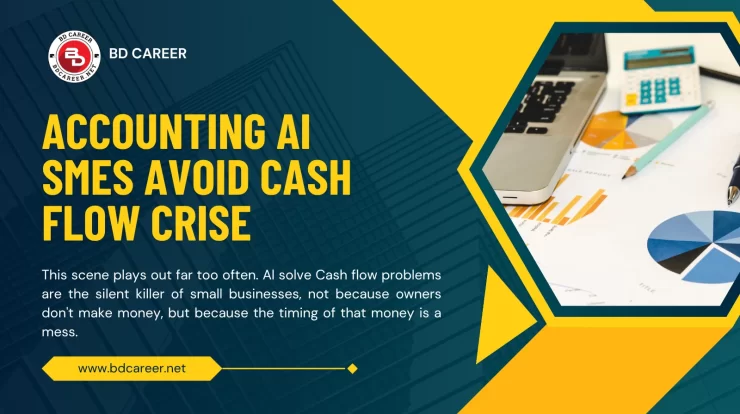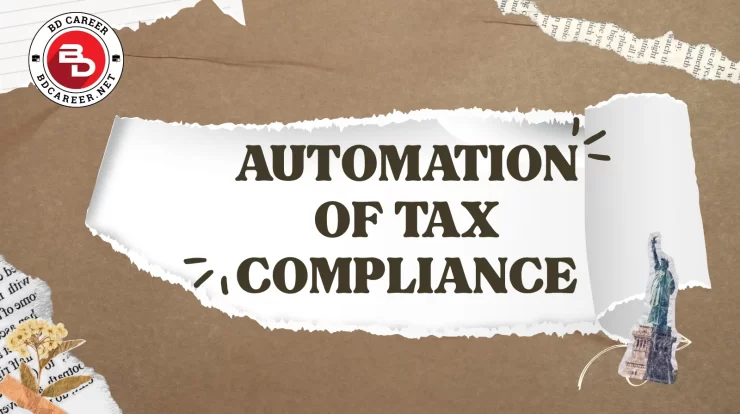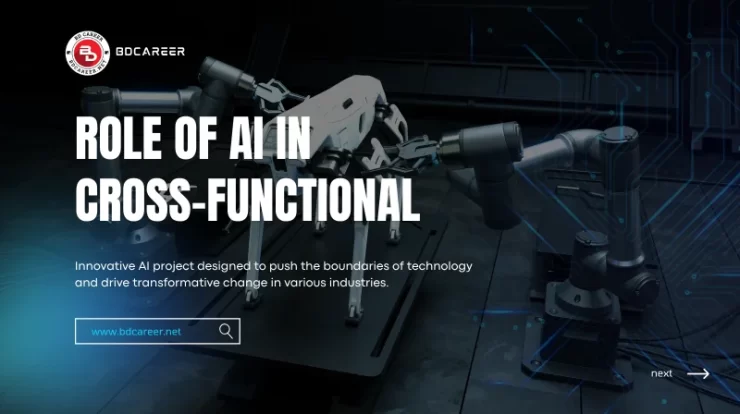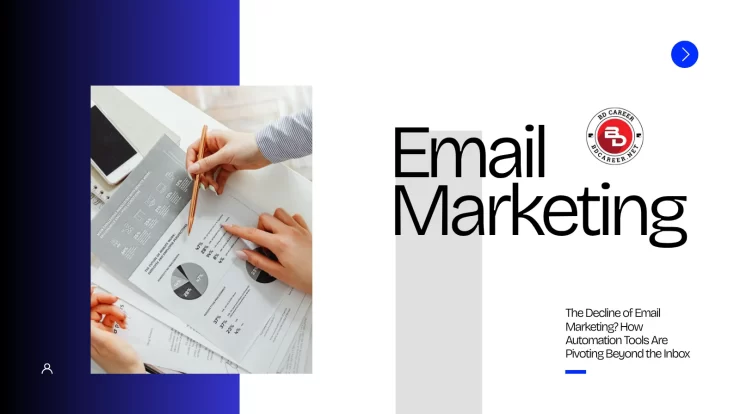
You know that feeling when you open your inbox and immediately regret it?
Yeah, that’s all of us. A flood of promotions, “limited time” deals, and newsletters we swear we’ll read someday (but never do). It’s chaos in there.
Once upon a time, email marketing was the secret sauce. You sent out a clever campaign, maybe with a quirky subject line and boom clicks, conversions, glory. But now? Feels like shouting into the void.
Contents
- The Inbox Fatigue Is Real
- The Numbers Behind the Decline
- Automation Takes Over: From Campaigns to Conversations
- Beyond the Inbox: Multi-Touchpoint Personalisation
- The Rise of Chat, SMS, and Social Automation
- The Role of AI and Predictive Insights
- Brands Thriving Beyond Email
- The Future Isn’t Email-Free, Just Smarter
- A New Era of Digital Relationship Building
The Inbox Fatigue Is Real
Let’s face it. People are tired.
Every brand is fighting for that tiny sliver of attention in an overcrowded inbox. Meanwhile, we’re all scrolling through social feeds, watching reels, or replying to DMs way faster, way more fun.
The “inbox” used to feel personal. Now it feels like Times Square bright lights, everyone yelling at once.
And marketers know it. Open rates? Dropping Clicks? Meh Engagement? Practically begging for scraps. Even Apple and Google are getting in the way of privacy updates, spam filters, and tracking restrictions. You can’t even tell who’s opening your stuff anymore.
So yeah, the old-school email blast is on life support. But that doesn’t mean communication is dead. It’s just moved somewhere else.

The Numbers Behind the Decline
Let’s look at the receipts.
The average open rate for marketing emails these days sits around 20%. And honestly, that’s if you’re doing everything right, strong list, catchy subject, good timing. The rest? Straight to spam or deleted without a second thought.
Meanwhile, people are chatting on WhatsApp, getting push notifications, and scrolling through TikTok ads that somehow know what they want before they do. That’s where attention lives now.
The way consumers connect with brands has shifted fast. They want real-time interaction, not delayed newsletters that show up two days after they’ve already made a purchase elsewhere. So, the message isn’t “email is dead.” It’s “email got outpaced.”
Automation Takes Over: From Campaigns to Conversations
Here’s where things get interesting.
Automation — that word that used to sound cold and robotic — is actually making marketing more human. Think about it, instead of sending the same boring email to everyone, automation tools can now track behaviour, preferences, and timing. They don’t just send stuff, they listen first.
You browse a product, abandon your cart, and boom, a little message pops up offering a discount. Or maybe you download an app, and a chatbot follows up later with tips on how to use it. That’s not random spam. That’s smart, reactive communication.
Tools like Klaviyo, HubSpot, and ActiveCampaign are doing this really well, blending email, chat, SMS, and social into one smooth experience. We’ve gone from campaigns to conversations. And honestly? It’s about time.
Beyond the Inbox: Multi-Touchpoint Personalisation
You know what’s funny? People talk about “omnichannel” like it’s some fancy buzzword, but it’s really just common sense. Consumers don’t live in one place. They jump from app to app, screen to screen. One minute they’re on Instagram, the next they’re checking texts, then maybe browsing an online store. Automation tools get this. They’re not just blasting emails anymore. They’re connecting dots.
Let’s say you’re shopping online, and you almost buy something but don’t. The brand might:
- Send a gentle SMS reminder.
- Follow up later through Messenger with a discount.
- Then maybe drop a short, friendly email with “still thinking about it?” vibes.
It’s all the same conversation, just happening across different rooms. That’s personalisation done right, not creepy, just intuitive. This whole trend has a name: journey orchestration. Which basically means guiding people through experiences instead of shoving them through funnels.
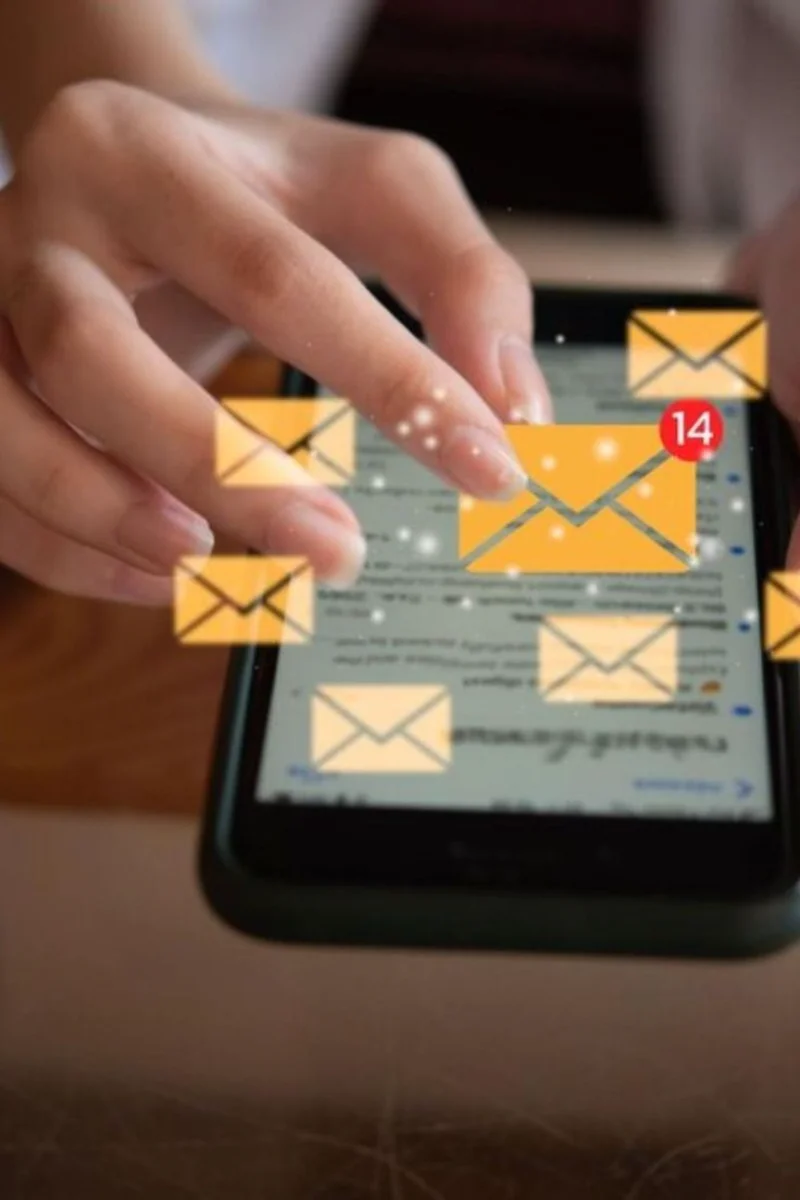
Let’s talk about where the action really is.
Messaging apps and SMS are exploding. They’re fast, personal, and here’s the key read. Seriously, open rates for text messages? Over 90%. Compare that to email’s 20%. No contest.
Brands are catching on. You’ve got:
- Retailers running flash sales through WhatsApp.
- Restaurants are sending booking confirmations via Instagram DM.
- SaaS companies use chatbots for onboarding instead of email chains that no one reads.
It’s not about replacing email; it’s about mixing it up. Like, your favourite playlist doesn’t have just one song, right? Automation makes it all flow together, consistent tone, consistent timing, consistent vibe.
The Role of AI and Predictive Insights
AI isn’t just some marketing gimmick anymore. It’s the quiet genius behind most of this automation. It learns your behaviour, your patterns, even your mood (creepy, but kind of impressive).
It figures out when you’re most likely to open a message, what you’ll respond to, and how to keep you hooked without being annoying. Ever wonder why some brands feel like they’re reading your mind? That’s predictive analytics algorithms crunching your past behaviour to guess your next move.
Lead scoring, segmentation, and content generation are all powered by machine learning. It’s like having a thousand little marketers running simulations 24/7, deciding what’s worth saying and when. And honestly, if done right, it feels less like spam and more like intuition.
Brands Thriving Beyond Email
Let’s give credit where it’s due. A few brands are absolutely nailing this pivot.
Starbucks.
Their app is basically a living, breathing automation engine. Miss your morning latte? You’ll get a gentle reminder or a personalised offer. It’s all synced: mobile app, push notification, rewards program, everything.
Sephora.
Their marketing feels like a conversation, not a broadcast. If you browse lipstick shades online, you’ll probably get a text about new arrivals or a restock alert. Seamless, smart, and surprisingly human.
Duolingo.
They ditched the “boring email reminder” model entirely. Instead, they use gamified push notifications and playful nudges (“Your Spanish owl is disappointed in you!”). It works because it feels like a friend, not a brand.
Notice a theme? None of them relies solely on email, but email’s still there. It’s part of the mix, not the main course.

The Future Isn’t Email-Free, Just Smarter
Here’s the truth bomb: email isn’t dead. It’s just maturing.
It’s no longer the star of the show, but it’s still an important part of the cast. The difference now is how we use it.
Instead of blasting newsletters and praying for clicks, smart marketers are using automation to send context-rich, moment-perfect messages. Like, if someone just completed a purchase, maybe that’s when you send a follow-up email, not a random Tuesday.
Future trends are already shaping up:
- Emails that update in real time (like stock levels or live deals).
- Voice-triggered follow-ups through Alexa or Google Assistant.
- Even AI-driven storytelling imagines personalised brand stories that unfold over time, across different platforms.
So no, the inbox isn’t obsolete. It’s evolving from a static tool into a dynamic part of a much bigger picture.
A New Era of Digital Relationship Building
If there’s one takeaway here, it’s that what’s really dying isn’t email. It’s bad marketing. People are done with being treated like data points. They want conversations, not campaigns. Relationships, not reminders.
Automation and AI are making that possible. They’re helping brands sound more human, ironically, by being machines. The brands that win won’t be the loudest or the flashiest. They’ll be the ones who listen better, who connect across channels, who make every message feel like it was written just for you.
Because in the end, that’s what marketing’s always been about connection. And if that connection now happens through a chatbot, a text, or yes, even an email, who cares? It’s still human. The inbox isn’t dead. It’s just not the whole story anymore.


